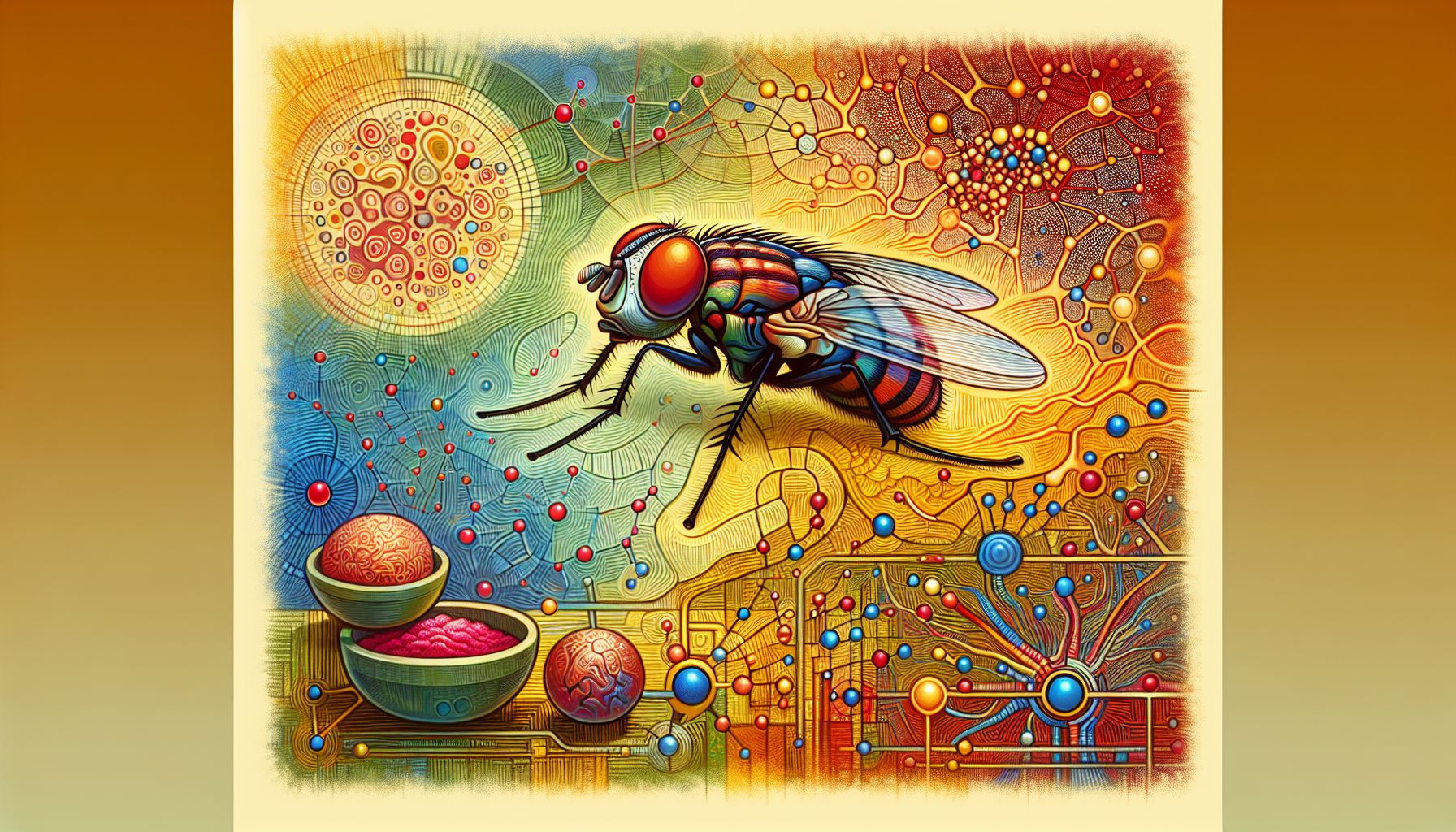Fruit Fly Brain Map: A Leap Towards Understanding Complex Neural Networks

USA, Thursday, 3 October 2024.
Scientists have created the first complete wiring diagram of an adult fruit fly brain, mapping over 139,000 neurons and 50 million connections. This milestone could revolutionize our understanding of brain function across species, including humans, and pave the way for advancements in neuroscience and AI.
Neurobiological Breakthrough
The FlyWire Consortium, a global collaboration of scientists, has achieved a monumental step in neurobiology by successfully mapping the entire brain of an adult fruit fly, Drosophila melanogaster. This comprehensive connectome, which includes approximately 139,255 neurons and over 50 million synaptic connections, marks the largest and most detailed neural map of any organism to date. The project, led by neuroscientists from Princeton University and involving over 146 labs worldwide, exemplifies the potential of international scientific cooperation[1][2].
Revolutionizing Brain Research
This achievement is a significant leap forward in understanding how neural circuits give rise to behavior and cognitive processes. By detailing the complete wiring of a fruit fly’s brain, researchers have set the stage for mapping larger and more complex brains, such as those of zebrafish, mice, and eventually humans. The connectome serves as a valuable resource for studying neural processing and has already begun to influence neuroscience research globally, as evidenced by its publication in a special issue of Nature[3][4].
The Role of Artificial Intelligence
Artificial intelligence played a crucial role in this groundbreaking research. Advanced AI models developed by scientists at Princeton University were employed to analyze millions of electron microscope images, reconstructing the brain’s structure in three dimensions. This process was complemented by manual corrections from a global network of volunteers, highlighting the importance of human-AI collaboration in scientific discovery. Such technological advancements have made it possible to achieve what would have taken decades with conventional methods[5][6].
Implications for Human Brain Research
Understanding the intricate wiring of the fruit fly brain provides insights into the fundamental principles of brain function, which are applicable across species. The fruit fly shares many neurotransmitters with humans, and its genetic similarities make it an ideal model for studying human brain diseases. Researchers hope that this detailed map will inform future projects aimed at unraveling the complexities of the human brain, potentially aiding in the development of therapies for neurological disorders[7][8].
Collaborative Efforts and Future Directions
The FlyWire Consortium’s success underscores the power of collaborative research across disciplines and borders. By opening access to the connectome data, the consortium has enabled scientists worldwide to engage in further research, fostering a cooperative environment that accelerates scientific progress. Looking ahead, the team plans to expand their efforts to map the brains of other species, with the ultimate goal of creating a complete human brain connectome, a task that will require continued innovation in both AI and neuroscience[9][10].

